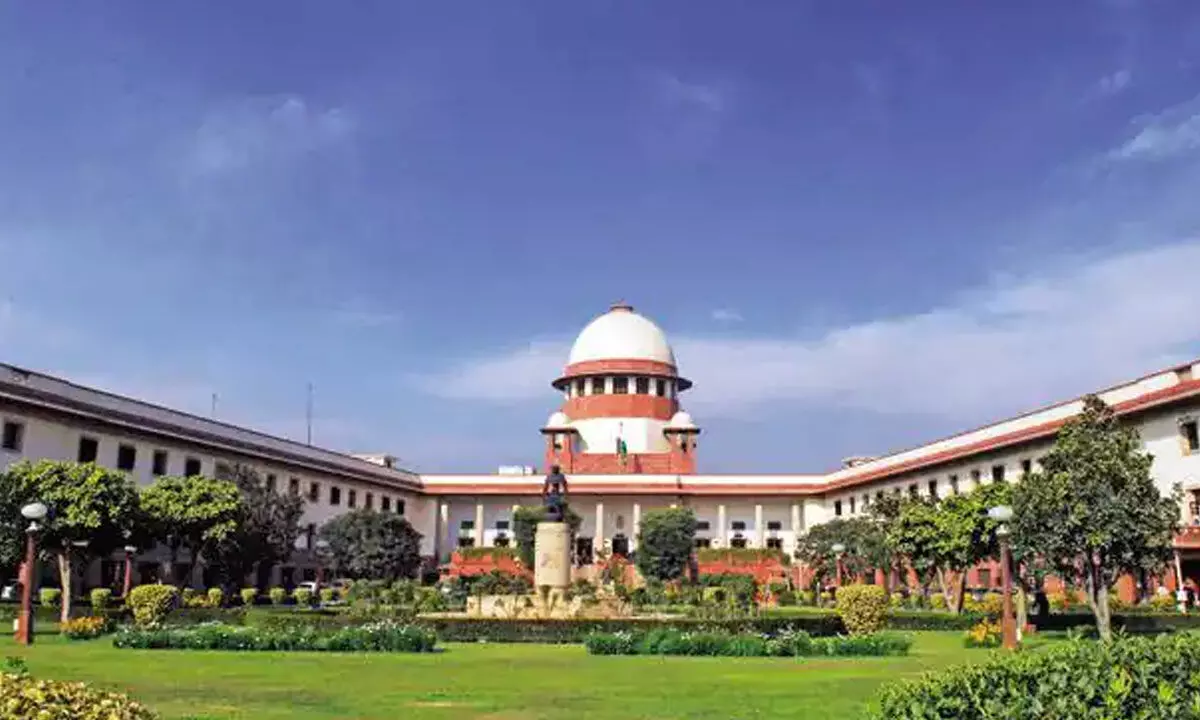SC turns gender-just, others must follow

A judge’s oath demands rejecting improper attempts to influence their decision-making
A judge’s oath demands rejecting improper attempts to influence their decision-making. The oath also requires a judge to put aside any preconceived notions about the parties before the court. Relying on predetermined stereotypes in judicial decision-making contravenes the duty of judges to decide each case on its merits, independently and impartially. In particular, reliance on stereotypes about women is liable to distort the law’s application to women in harmful ways. Even when the use of stereotypes does not alter the outcome of a case, stereotypical language may reinforce ideas contrary to our constitutional ethos.
Language is critical to the life of the law. Words are the vehicle through which the values of the law are communicated. Words transmit the ultimate intention of the lawmaker or the judge to the nation. However, the language a judge uses reflects not only their interpretation of the law, but their perception of society as well. Where the language of judicial discourse reflects antiquated or incorrect ideas about women, it inhibits the transformative project of the law and the Constitution of India, which seeks to secure equal rights to all persons, irrespective of gender.
The Code of Civil Procedure 1908 previously referred to persons without financial means as ‘paupers.’ In recognition of the fact that language conveys certain ideas about its subject and can either recognise or diminish the dignity of such persons, the statute was amended and the word ‘pauper’ was replaced with the word ‘indigent.’ This amendment to the statute did not have a strictly legal purpose but was meant to recognise the humanity of the people it referred to. Similarly, many words or phrases that are used in legal discourse (both by lawyers and by judges) reflect archaic ideas with patriarchal undertones.
The Handbook on Combating Gender Stereotypes released by the Chief Justice the other day aims to assist judges and the legal community in identifying, understanding and combating stereotypes about women. It contains a glossary of gender-unjust terms and suggests alternative words or phrases which may be used while drafting pleadings as well as orders and judgments. The Handbook identifies common stereotypes about women, many of which have been utilised by courts in the past and demonstrates why they are inaccurate and how they may distort the application of the law.
The intention is not to criticise or cast doubt on past judgements but merely to show how stereotypes may unwittingly be employed, it is said. Finally, it encapsulates the current doctrine on key legal issues which may be relevant while adjudicating certain cases, particularly those concerning sexual violence. One hopes that this Handbook is widely read by all members of the legal profession in India to ensure that legal reasoning and writing is free of harmful notions about women. The Handbook will give a fresh impetus to the quest towards a gender-just legal order, and will be a crucial document to ensure that courts can deliver equal and impartial justice to individuals of all genders. The Handbook was conceptualised during the COVID-19 pandemic and was originally envisaged as a part of the knowledge component of the e-Committee of the Supreme Court of India.

















